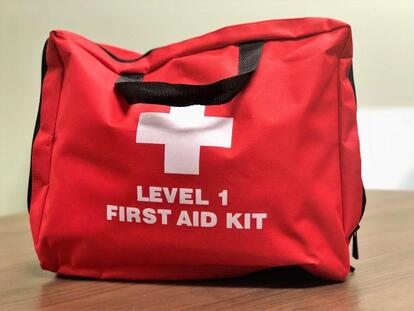Pre-Employment Courses
Standard First Aid
The Red Cross Standard First Aid course is designed to provide individuals with the necessary knowledge and skills to respond to various medical emergencies. The course covers both basic and advanced techniques, ensuring that participants are well-prepared to handle different situations.
Here are some key components typically covered in the Red Cross Standard First Aid course:
CPR (Cardiopulmonary Resuscitation): Participants learn how to perform CPR on adults, children, and infants. This life-saving technique involves chest compressions and rescue breaths to help maintain blood circulation and provide oxygen to the body.
AED (Automated External Defibrillator) use: The course teaches participants how to use an AED, a device that can analyze a person's heart rhythm and deliver an electric shock, if necessary, to restore a normal heart rhythm during a cardiac arrest.
Bleeding control: Participants learn various techniques to control bleeding, such as applying direct pressure, elevating the injured limb, and using pressure points and tourniquets when necessary.
Choking response: The course covers how to recognize and respond to a choking emergency in both conscious and unconscious individuals, including the Heimlich maneuver.
Head and spinal injuries: Participants learn how to assess and provide initial care for head and spinal injuries, including how to minimize movement and maintain an open airway.
Musculoskeletal injuries: The course covers how to recognize and manage different types of injuries, such as fractures, sprains, and strains, including immobilization techniques and the use of splints.
Medical emergencies: Participants learn about common medical emergencies like heart attacks, strokes, seizures, and diabetic emergencies. The course covers how to recognize the signs and symptoms and provide appropriate first aid.
Environmental emergencies: The course also addresses how to respond to emergencies related to extreme temperatures, such as heat exhaustion, heatstroke, hypothermia, and frostbite.
Throughout the course, participants typically engage in hands-on practice and scenarios to reinforce their skills and gain confidence in applying first aid techniques. The goal is to enable individuals to respond quickly, effectively, and safely during medical emergencies, potentially saving lives and reducing the severity of injuries or illnesses.

